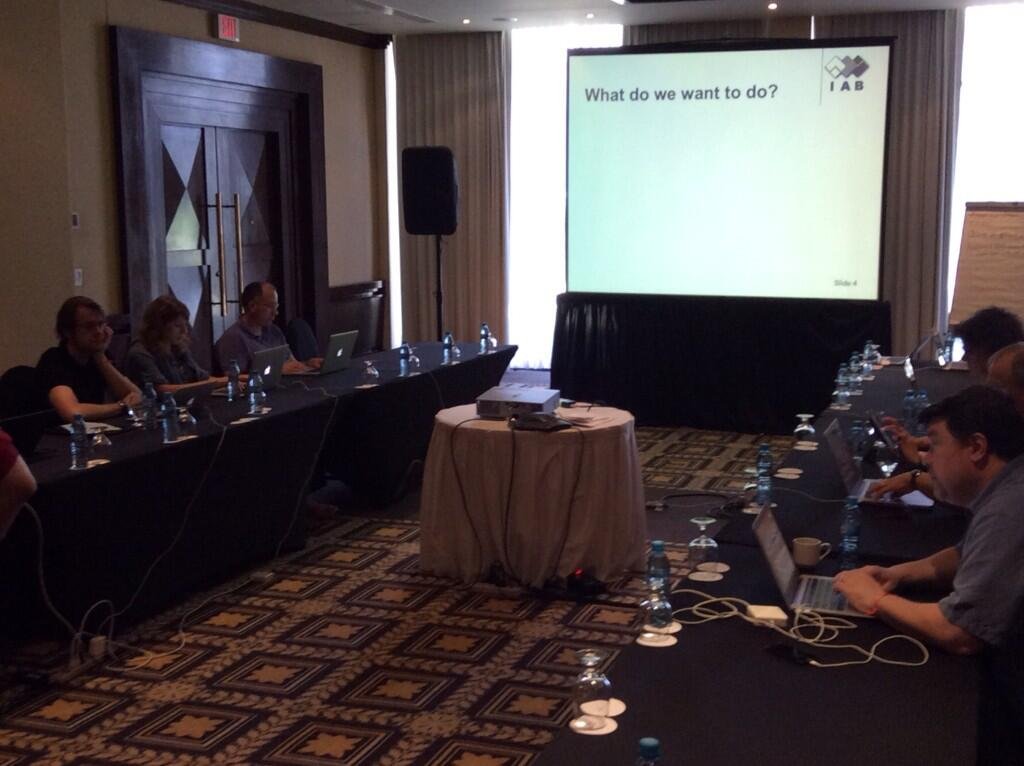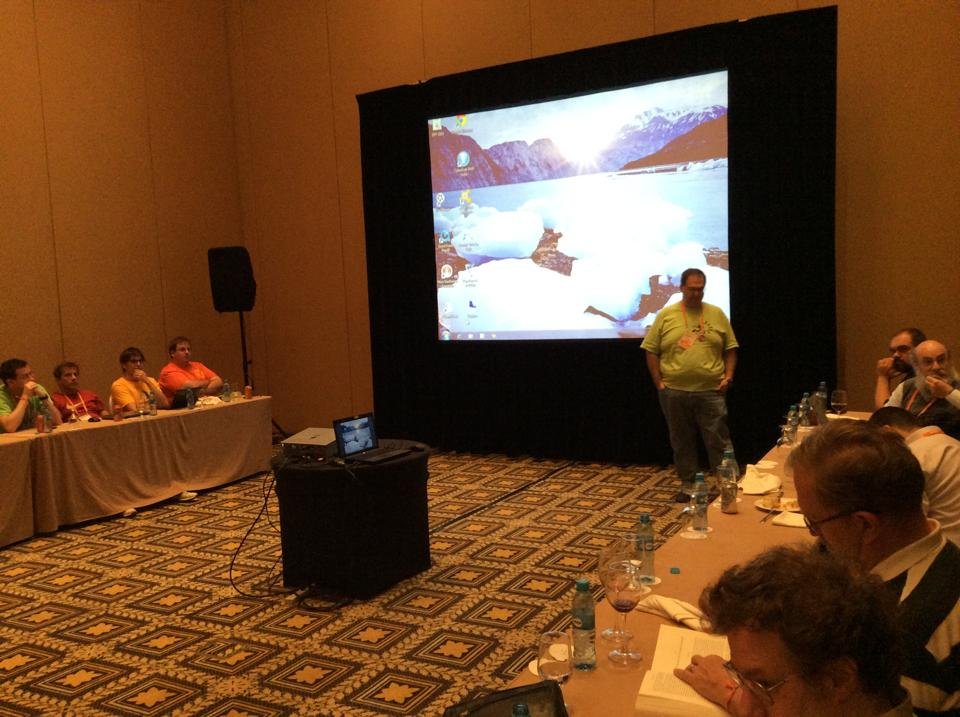Filter by topic and date
Retreat and LACNIC
- Jari Arkko IETF Chair
22 May 2014
During an IETF meeting, the IESG and IAB members are busy with what is going on in our areas, and we have little time to talk to each other. But we organise yearly retreats where we get to talk to each other, and can tackle issues beyond the usual daily ones.

This year we also wanted to test whether we could put the retreat in a location where we would get to talk to people from Internet communities that we do not usually see at the IETF. And I have been keen on ensuring that we have enough interaction with people from all over the globe. It turned out that the Latin American and Caribbean Internet Address Registry (LACNIC) was going to have a meeting in Cancun, Mexico in May, so we decided to co-locate our retreat with that.
Both of our boards had a full agenda, dealing with both ongoing issues that we have to resolve, such as drafting the promised changes to DISCUSS criteria, working on the next version of the harassment policy draft, planning how we should approach situations where the board chairs or members are asked to speak about the IETF, and so on.
And of course, a big part of meetings like this is team building. The IESG needs to work as a team to be effective and a fun organisation to work in. We are lucky to have that situation today, but it can not be maintained merely by attending conference calls send sending e-mails to each other. :-) The beach, sea, and the local bars provided an excellent place for much needed time together.
But we also talked about strategic topics. These more long-term topics included the following ones:
- Dealing with work around pervasive monitoring at the IETF. This works seems to be largely on track, even if we’ve transitioned from the initial excitement to the hard work phase, and now have to discuss some of the hard tradeoffs, such as those around web traffic becoming more end-to-end encrypted.
- The role of the IETF in a world that has seen a big growth in open source collaboration efforts. What is the role of standards in these efforts? We made the observation that IETF works best in situations where there is a need for broad interoperability among multiple implementations, and that is what we should continue to focus on. And be able to provide such standards to open source and other projects when they need them. However, we also identified an issue that the IETF cycle and work style does not match well enough many of these projects. More focused, project-like efforts need to be run. Benoit Claise will be running an experiment in the area of data model standards to see how much we can improve. The improvements require clarity on what working group data model standards work can be taken to and turning editors and working group chairs into project managers that drive particular efforts through by a continuous development effort rather than a once-per-IETF-cycle effort.
- The challenges and possibilities in evolving transport protocols. Evolution in this space has been hard, given for instance the impact of middleboxes. Yet some efforts are taking place successfully. Why? And what should we do in the future in this space?
- Reorganisation and changed goals for the IAB programs. Some programs are parked, and other programs will be working in a different way. The role of the IAB is not to provide detailed standards commentary – it is to see big trends and to provide guidance on what kinds of things are needed in the coming years. The security and privacy program will be particularly affected, and will be led to this new direction by Ted Hardie.
But back to LACNIC. I had not been to a LACNIC meeting before, and several of us had question marks before the meeting on how well this setup would work out. Previous retreats had all been completely on our own, not interacting with others. But I think we all were surprised how many interesting common topics we found with the help of Raul Echeberria, Carlos M. Martinez, Christian O’Flaherty, and many others who are active in the region. Here are some of the things that went on with the LACNIC participants during the week:
- I participated in a panel discussion around the NTIA transition topic. This topic is of course a very hot issue in all of the RIRs.
- Stephen Farrell gave an excellent presentation about the surveillance revelations and IETF work around security and privacy improvements for the Internet.
- Xing Li gave a talk on IPv6 experiences in CERNET2.
- Mat Ford gave a talk on routing resilience survey.
- Kathleen Moriarty talked in the computer security incident response teams meeting.
- Several IESG members participated a discussion with government and regulator participants from the region.
- Alissa Cooper, Alia Atlas, Mary Barnes, and Kathleen Moriarty participated in the Women in IT lunch meeting.
- The IESG met with the board of LACNIC.
- Many IESG and IAB members participated in an ISOC-led discussion on how to engage additional participants to the IETF from the region.
And there were plenty of other more informal gatherings.
Jari Arkko, IETF Chair

